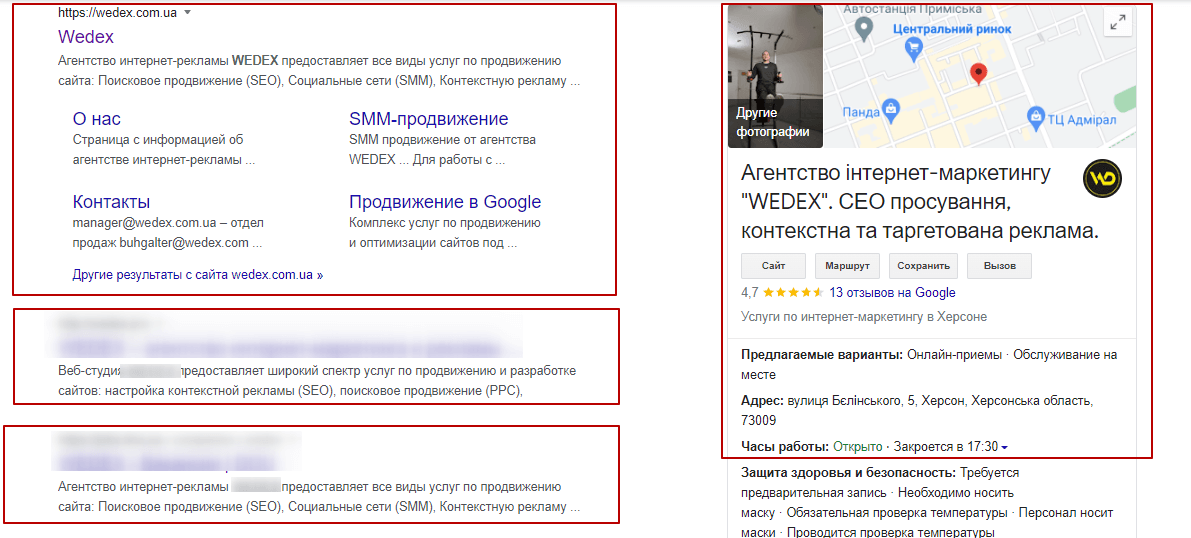
One of the goals of SEO optimization is to get and hold the first positions in search results by the website pages. Search engine algorithms take into account many factors when ranking resources, which means that search engine optimization cannot be limited to a couple of methods, it must be performed in a complex manner.
Let’s consider the main directions used in the preparation and implementation of a strategy for promoting a site in search.
The first step to develop a set of measures for search engine optimization is to analyze your resource’s competitors with high positions in the search results. For analysis, you need to select top representatives of the desired niche, taking into account the promotion region, if this is relevant for your business. What techniques and methods do they use? A detailed analysis of competitor sites, including domain characteristics, structure, content, usability, external link profile, can and should be taken into account when developing a promotion strategy.
Starting work on SEO optimization, you need to check the main characteristics of the domain:
- Domain age (domains less than 12 months old have restrictions on ranking by search engines)
- Whether information about the domain is open in the WhoIS database (private information in WhoIS reduces the trust in the resource)
- Paid domain lease term (a long paid period improves rankings, a short paid period reduces it)
- Server reputation (the presence of the server in the “black” lists will not allow the site to receive high authority from the PS).
For high-quality optimization, a semantic core is needed. Collecting semantics, grouping and clustering search queries is an important and time-consuming task; special services are used to accomplish it: Key Collector, Ahrefs, Serpstat and others.
The content of the site pages must meet a number of criteria. Page content should be useful for visitors and unique, fully reveal the topic, contain media materials (images, videos) and be structured (contain subheadings, logical parts, blocks)
To optimize the interaction of the site with search engine bots, special types of markup are used:
- Robots.txt file (indicates open and closed resources for PS)
- Sitemap file (contains links to all “useful” pages)
- Schema.org micro-markup (content markup, allows you to display an “extended” page snippet in search engine results

SEO optimization cannot be considered complete without developing an external link profile. Backlinks from authoritative donor domains will increase the credibility of your resource by search engines (especially for Google). When selecting donors for external links, it is necessary to choose thematic sites.
Technical website optimization is one of the priority tasks for search engine optimization. When promoting, it is necessary to regularly check and correct possible technical errors and shortcomings that affect the quality, indexing speed of the site pages and ranking in the PS:
- Presence, absence of duplication of meta titles and page descriptions;
- No links to redirects, broken links, duplicate pages
- No errors in html code, page layout
- Optimize site page loading speed (especially for mobile versions)
In addition to the listed basic measures and methods, SEO promotion includes many different nuances, tasks and issues, the study of which is quite laborious. If you have the desire and time, you can do search engine optimization on your own, but we recommend contacting professionals.






 19/01/2022
19/01/2022  3046
3046



